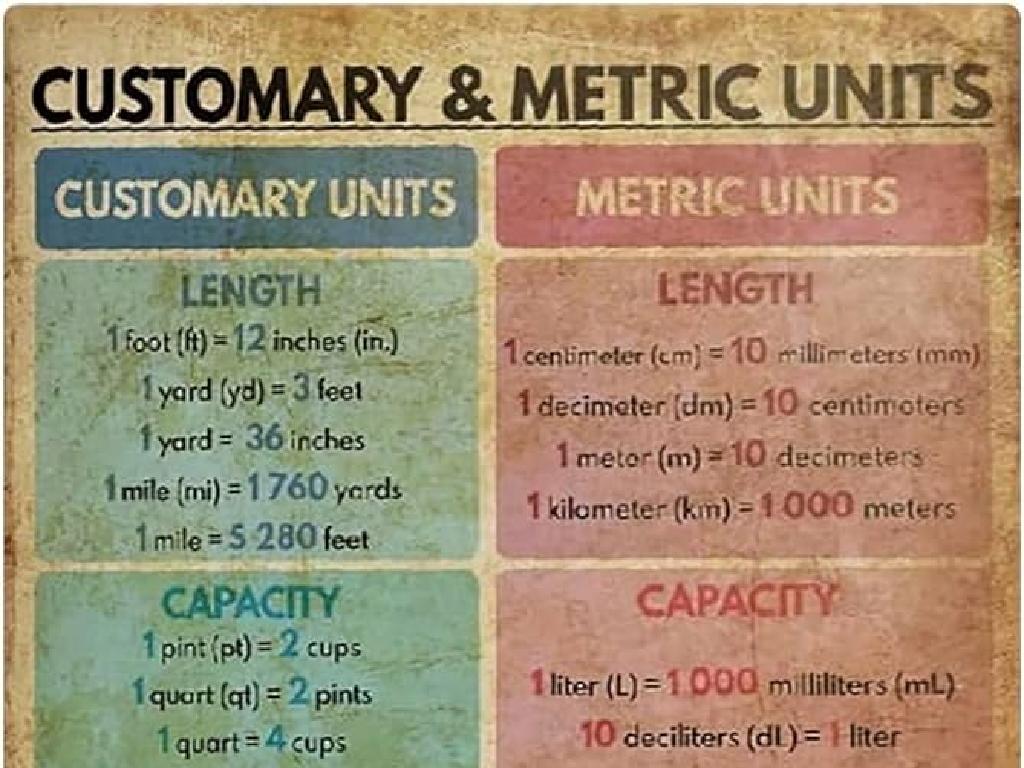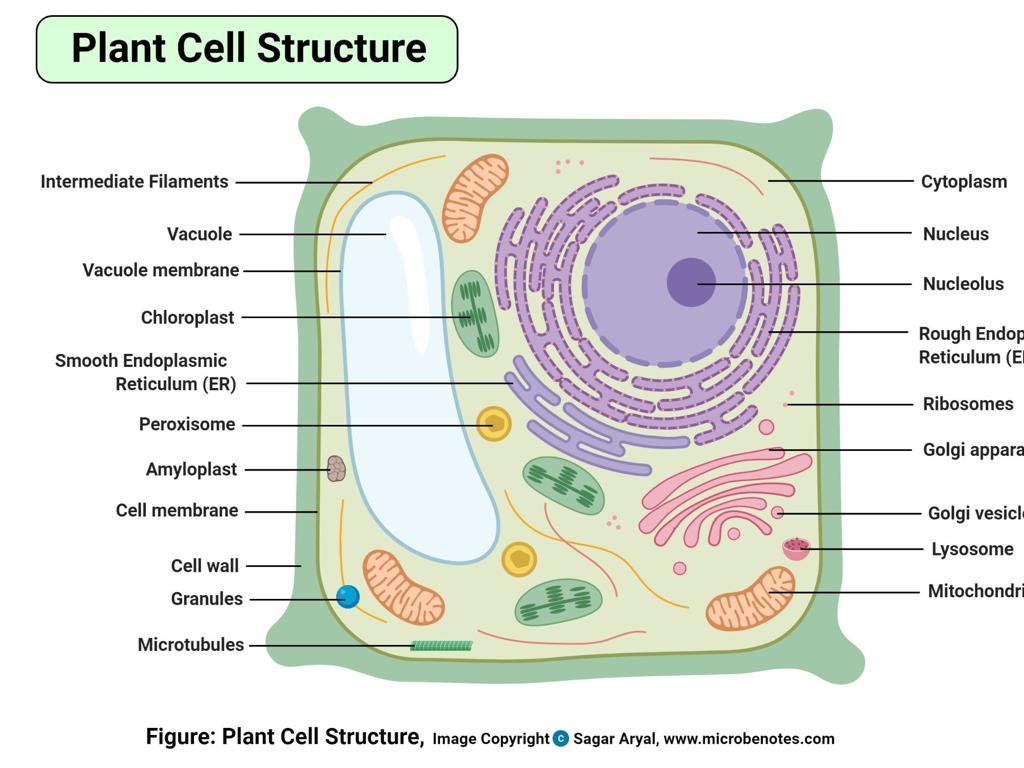Identify And Select Countries Of Asia: Region 2
Subject: Social studies
Grade: Seventh grade
Topic: Asia: Geography
Please LOG IN to download the presentation. Access is available to registered users only.
View More Content
Exploring Asia: Region 2 Geography
– Asia: Earth’s largest continent
– Asia covers 30% of Earth’s land area, hosting diverse climates and landscapes.
– Region 2: Countries and features
– Region 2 includes countries like India, China, and Japan, each with distinct geography.
– Unique aspects of Asia
– Asia’s uniqueness lies in its vast deserts, tallest mountains, and populous cities.
– Cultural and physical diversity
– Home to various languages, religions, and ecosystems, Asia’s diversity is unparalleled.
|
This slide introduces students to Asia, emphasizing its size and the diversity within its second region. Begin by discussing Asia’s geographical dominance as the largest continent, which sets the stage for understanding its regional differences. Focus on Region 2, highlighting key countries and their unique geographical features, such as the Himalayas in India and the Gobi Desert in China. Discuss Asia’s unique characteristics, including its natural wonders and the fact that it’s the most populous continent. Lastly, touch on the cultural and physical diversity found in Asia, which includes a wide range of languages, religions, and ecosystems. This overview provides a foundation for students to delve deeper into the specifics of Asia’s Region 2 in subsequent lessons.
Exploring Asia: Region 2
– Countries in Asia: Region 2
– Examples: India, Bangladesh, Nepal
– Diversity of Region 2
– Varied cultures, languages, and landscapes
– Population insights
– Population statistics and comparisons
– Area specifics
– Geographic area and country sizes
|
This slide provides an overview of the countries in Asia’s Region 2, highlighting the diversity within the region, including cultural, linguistic, and geographical differences. Discuss the population of key countries, comparing them to give students a sense of scale. Also, cover the area of each country, discussing how geographic size can impact a country’s culture and economy. Encourage students to think about how diversity within a region can influence the relationships between countries. Use maps and statistics to make the information more accessible and engaging.
Geography of Asia: Region 2
– Major mountains and rivers
– Explore the Himalayas and the Mekong River
– Climate and natural resources
– Discuss monsoons, fertile lands, and mineral wealth
– Geography’s impact on life
– How terrain and climate influence agriculture and settlements
– Exploring Region 2’s diversity
|
This slide aims to introduce students to the physical geography of Asia’s Region 2, which includes diverse features such as the Himalayas and significant rivers like the Mekong. Discuss the varied climates, from monsoons to arid regions, and the abundance of natural resources, including fertile lands for agriculture and rich mineral deposits. Highlight how these geographical features shape the lives of the people, influencing their agriculture, housing, and culture. Encourage students to consider how living near a major river or mountain range might affect their daily lives, comparing it to their own environment. The goal is to foster an understanding of the relationship between geography and lifestyle in this part of Asia.
Cultural Highlights of Asia: Region 2
– Diverse languages in Region 2
– Region 2 includes languages such as Mandarin, Thai, and Malay.
– Festivals and local traditions
– Diwali, Songkran, and Lunar New Year are key festivals.
– Significant cultural landmarks
– Landmarks like the Great Wall and Angkor Wat are iconic.
– Understanding cultural importance
– These elements reflect the region’s rich history and heritage.
|
This slide aims to give students a glimpse into the rich cultural tapestry of Asia’s Region 2. Emphasize the diversity of languages spoken across different countries, which include major languages like Mandarin in China and Thai in Thailand. Highlight the significance of festivals such as Diwali in India, Songkran in Thailand, and the widespread celebration of Lunar New Year. Discuss cultural landmarks like the Great Wall of China and Angkor Wat in Cambodia, explaining their historical and cultural significance. Encourage students to appreciate the importance of these cultural aspects in shaping the identity of the region. This understanding will help them grasp the complexity and beauty of Asia’s cultural heritage.
Economic Activities in Asia: Region 2
– Agriculture in Region 2
– Predominant in rural areas, includes rice, tea, and spices cultivation.
– Industry & Services sectors
– Urban areas focus on manufacturing, tech, and financial services.
– Trade within Asian countries
– Intra-Asian trade agreements bolster economies and cooperation.
– Geography’s economic impact
– Terrain, climate, and resources shape regional economic activities.
|
This slide aims to provide an overview of the various economic activities prevalent in Asia’s Region 2, highlighting the significance of agriculture, industry, and services. Students should understand how agriculture is the backbone of many rural economies in Asia, with common crops including rice, tea, and spices. The industry and services sectors are more concentrated in urban areas, with a focus on manufacturing, technology, and financial services. Emphasize the importance of trade agreements between Asian countries in fostering economic growth and cooperation. Lastly, discuss how geography, including factors like terrain, climate, and natural resources, influences the economic activities of a region. Encourage students to think about how these factors interplay to shape the economy of their own community or state.
Political Systems in Asia: Region 2
– Types of government in Region 2
– Explore monarchies, democracies, and other systems
– Geography’s impact on politics
– How mountains, rivers, and resources shape policy
– Asia’s international relations
– Trade agreements, alliances, and conflicts
– Case studies: Region 2 countries
– Examine specific countries for real examples
|
This slide aims to introduce students to the complex political landscape of Asia’s Region 2. Begin by discussing the various types of government found in this region, such as monarchies and democracies, and how these systems can differ from country to country. Highlight the significant influence of geography on political decisions, including the distribution of natural resources and the strategic importance of certain locations. Delve into the ways in which countries in Asia interact with each other through trade, alliances, and sometimes conflicts. Use case studies from specific countries within Region 2 to provide concrete examples of these concepts in action. Encourage students to think critically about how politics and geography are interconnected and the implications for international relations.
Map Activity: Exploring Asia’s Region 2
– Identify Region 2 countries
– Label major physical features
– Look for mountains, rivers, and deserts
– Highlight cultural centers
– Find cities known for history and culture
– Mark economic hubs
– Locate key financial and trade areas
|
This slide introduces a hands-on map activity for students to explore Region 2 of Asia. Students will use maps to identify and label the countries within this region. They should also mark significant physical features such as the Himalayas, the Ganges River, or the Gobi Desert. Additionally, students will highlight important cultural centers, such as historical landmarks and cities with rich traditions. Finally, they will mark the major economic centers, including large cities that are financial hubs or significant ports for trade. This activity will help students visually connect geography with the cultural and economic aspects of the region. Provide a variety of maps and atlases for students to use, and consider pairing them up to encourage collaboration.
Class Activity: Exploring Asia Region 2
– Divide into research groups
– Each group selects a Region 2 country
– Focus on geography, culture, economy
– Prepare a country profile presentation
– Include maps, cultural facts, economic data
– Share with the class
|
This class activity is designed to encourage collaborative learning and research skills. Students will work in groups to select a country from Asia’s Region 2, which includes countries such as Thailand, Vietnam, or Malaysia. Each group will research their chosen country’s geography, including physical features and climate; culture, including language, religion, and traditions; and economy, including main industries and GDP. They will then prepare a short presentation to share their findings with the class. This activity will help students understand the diversity within Asia and practice their presentation skills. Possible activities for different groups could include creating a poster, a PowerPoint, or even a mock interview with a ‘resident’ of the country.
Reflecting on Asia: Region 2 Geography
– Recap of Asia: Region 2
– Geography’s impact on life
– Terrain, climate, and resources shape daily life and societal development.
– Cultural influences of geography
– Traditions, food, clothing, and practices vary with geography.
– Reflections and insights
|
As we conclude today’s lesson, remind students of the key countries in Asia’s Region 2. Emphasize how geography, including physical features and climate, plays a crucial role in shaping the lives of people, their culture, and their interactions with the environment. Encourage students to think about how the geography of their own region affects their daily life in comparison to what they’ve learned about Asia. Ask them to share any new insights or understandings they’ve gained about the relationship between geography and culture. This reflection will help solidify their learning and foster a deeper appreciation for the diversity within Asia.






